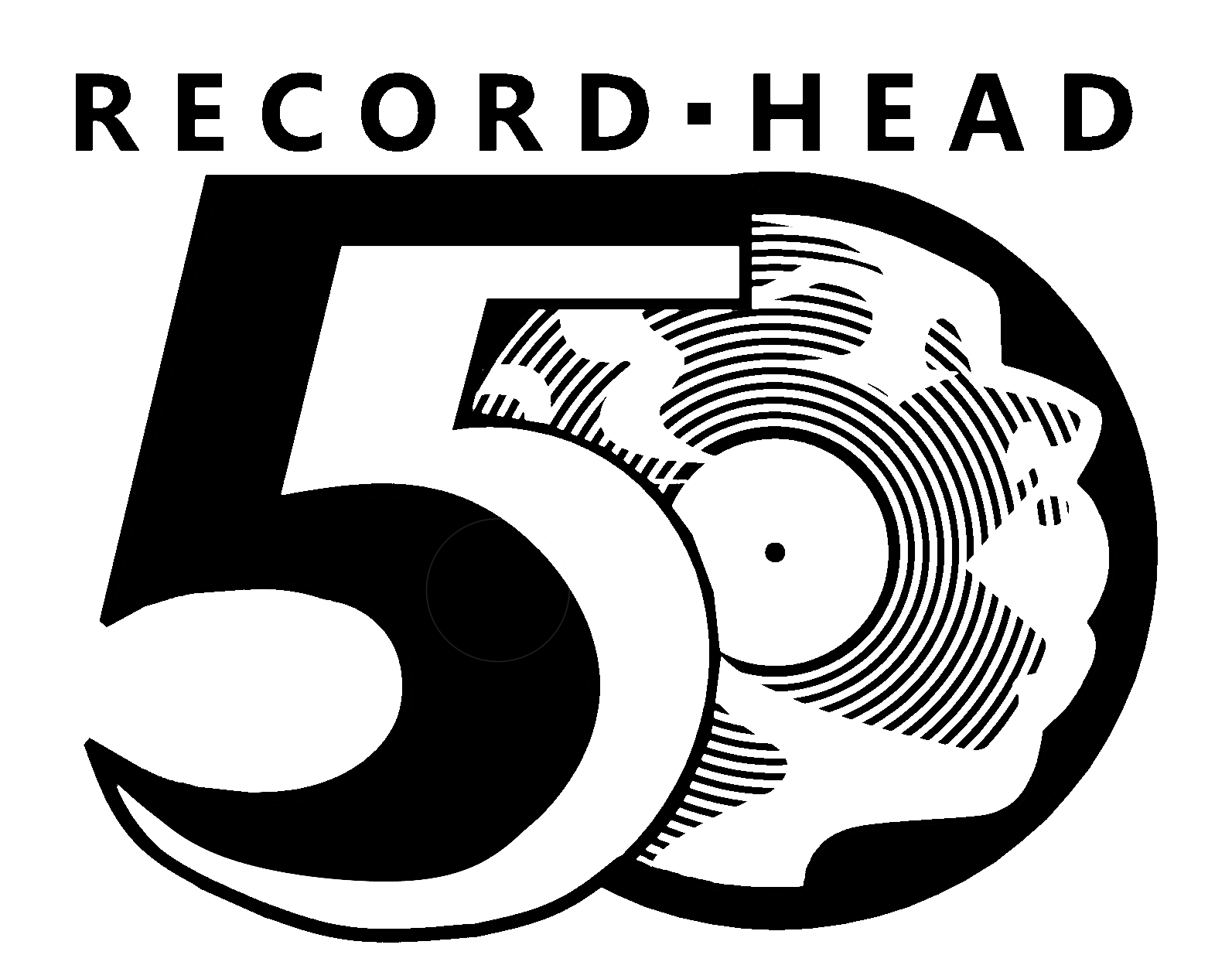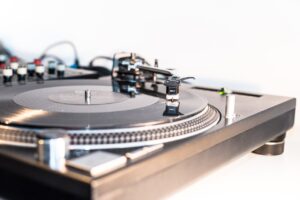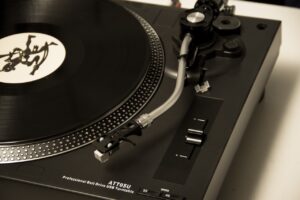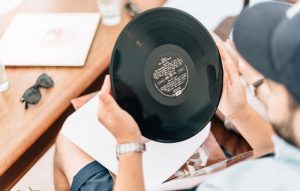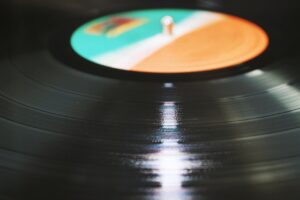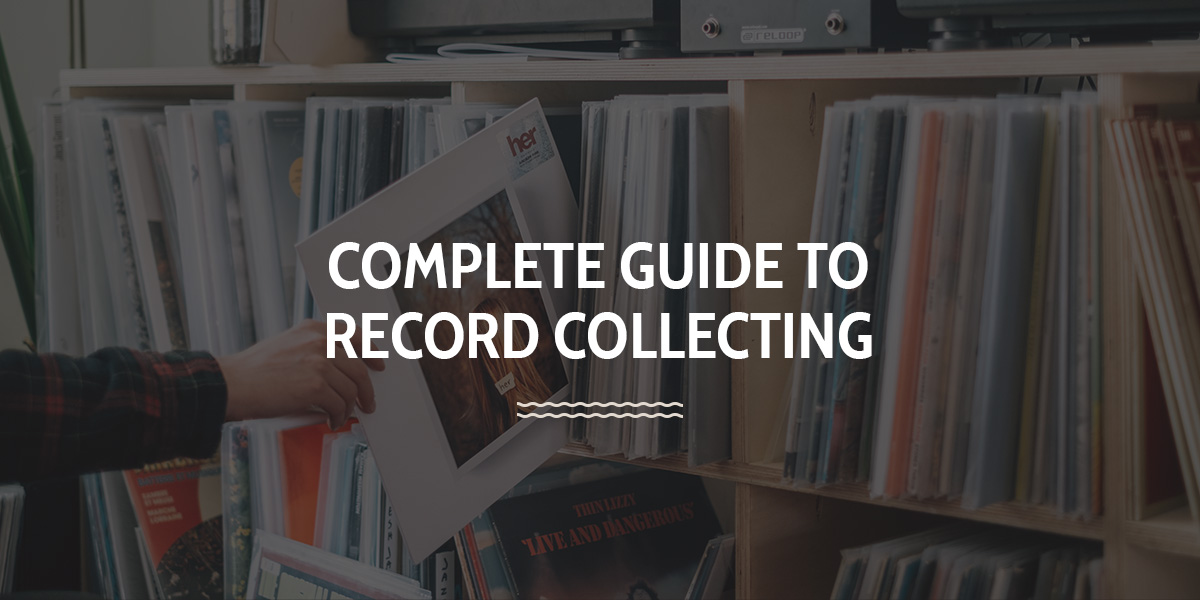
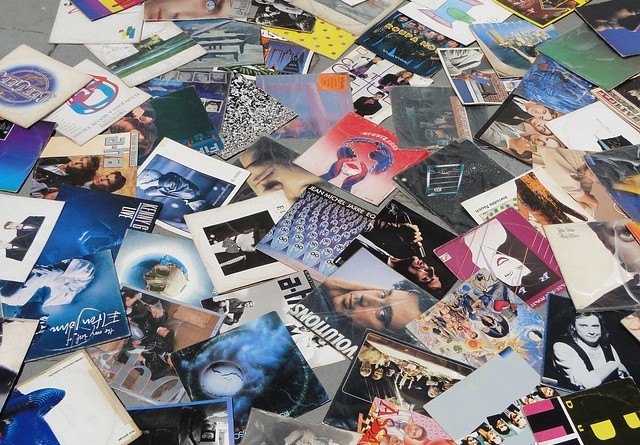
Vinyl records show that some technology is worth coming back to as the world of technology evolves. Maybe it’s the sound. Maybe it’s the look. Maybe it’s the tangibility. Maybe it’s pure nostalgia. Whatever the cause, collecting vinyl records is back in a big way.
If you’re one of this generation’s new vinyl record collectors, welcome! This is a true record collectors guide, designed to help you enjoy vinyl records for everything they have to offer. Whether you already have a record collection or you’re returning to the medium you loved as a youngster, this guide has something for you. In this article, we will explain record collecting for beginners and how to go about getting your vinyl collection up to snuff.
Why Collect Vinyl?
Well, the first reason many of us get into collecting anything is that we love it. But the reasons go far beyond that — you’re about to spend time and money on an ambitious and fulfilling hobby, and it helps to verbalize why. This justification will come in handy when you’re arguing how those bookshelves really need records to balance the room’s feng shui. You can convince your roommate or lover that collecting vinyl records is worthwhile with the following rationale.
1. Vinyl sounds better.
As an analog medium, vinyl records play music by capturing replicas of the soundwaves that each instrument or vocalist created in the recording studio. The mixing engineer combines each individual wave into one master wave. In vinyl records, this sound wave gets physically engraved into the grooves of the record. The needle tracks over them, relaying them as voltage signals to the speakers. An analog soundwave is an infinite continuum of points — the more you zoom into a small curve of the wave, the more points you’ll find.
Digital audio faces two major limitations — sample rate and storage space. A digital recording recreates a soundwave by capturing a certain number of samples per second, 44,100 being the most common. It is possible for a digital recording to capture a near-perfect replica of the original soundwave by increasing the sample rate, but doing so creates a larger file. CDs and streaming servers have space limitations that often cause quantity to supersede quality. Digital audio rarely reaches its full potential.
If you want the most authentic listening experience possible, vinyl is the choice for you.
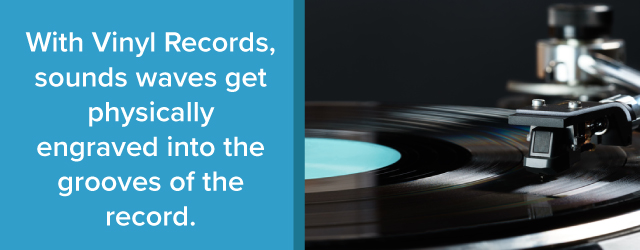
2. There’s Something You Can Touch
Part of the reason why vinyl is making a comeback is that listeners appreciate the format’s physical — and transcendental — charm. The tangible nature of the vinyl album can increase your sense of connection to the art. You’ll have both a tactile and sonic experience with the record, which is only possible with that exact copy of the album you hold in your hands.
3. Vinyl Doubles as Artwork
There are plenty of cool ways to display your vinyl records. Albums make lovely pieces of art, whether you frame them or let them hang by themselves. Even when they are too scratched to play, you can still repurpose your old records by making unique crafts like coffee table bowls.
One of the most tragic losses in the age of streaming is the loss of tangible artwork accompanying albums. With vinyl records, you get a 7-inch or 12-inch sleeve that puts an artist’s visual imagination on full display. Albums can contain lyrics, pictures, credits, and other items that give you a closer look at the process of making them.
Sure, you’ll find lyric sheets in a CD case or a creative video loop on Spotify, but the text is practically microscopic, and the video lives on your phone.
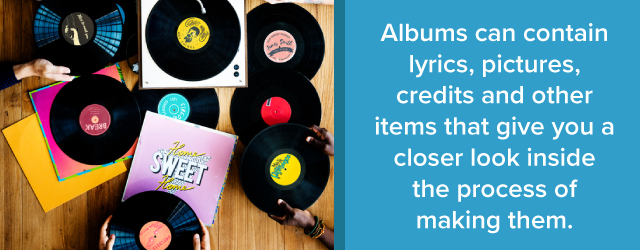
4. Valuable LP vinyl records can sometimes be an investment.
How much are old records worth? The answers vary. A few records have sold for astronomic prices, but many are only worth a few dollars. One thing is important to remember, though — you probably shouldn’t look at vinyl collecting as an investment. If you are interested in making money, buy stocks.
However, some vinyl can maintain its value over time, if there is a fanbase for it down the road. Valuable LPs can pack some return on investment. Many hit and cult-classic records stand the test of time, so vinyl markets still flow steadily at buy-sell-trade stores like Record Head.
Part of the reason why vinyl is making a comeback is that listeners appreciate the format’s physical — and transcendental — charm. As DJ Cassidy put it in an interview about vinyl’s intrinsic value, “MP3s have no character. CDs have no character….Vinyl has worldwide, agreed-upon praise on its character and its texture and its sound. People love that sound.” If any medium for music is sure to have value down the road, vinyl is it.
You won’t be pawning off your MP3s on the dark web, so what’s the harm in spending your money on a vinyl collection that brings you joy and may have some resale value?
5. It’s a fulfilling pastime.
Don’t ever lose sight of the fact that you’re collecting vinyl because it’s fun. Whether you’re hunting for valuable LP vinyl records or beefing up your vinyl collection must-haves, the chase is never-ending. There is always a new record to hunt for, a new way to organize your vinyl or a new occasion that needs the perfect soundtrack.
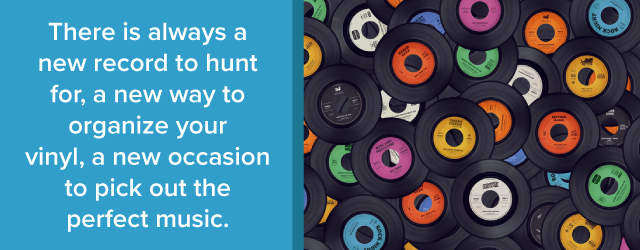
6. It’s Something to Talk About
Another fun aspect of collecting vinyl is you will always have a conversation piece. People love talking about vinyl because so many others are passionate and knowledgeable about it. And if they aren’t, they’ll probably act like they are, because it’s cool.
7. It’s Better for the Artists
When you collect vinyl, you are also supporting musicians and artists by buying their merchandise. Since vinyl’s coming back in a big way, modern artists are pressing their music again. That means dedicated vinyl listeners get to take part in the excitement of new music hype.
Purchasing albums and merchandise is more important than ever. Streaming services pay a fraction of a cent per stream — it takes over 1,600 streams to earn a dollar. Purchasing merchandise, especially valuable items like vinyl records, helps your favorite musicians continue making the art you love.
How to Start A Vinyl Collection
Now that you have your arguments written out for you, here’s a vinyl record guide to walk you through exactly how to start a record collection, how to organize your records as you collect them and how to maintain and clean vinyl records, as well as the various types of turntables to choose from.
Where to Find Records and What to Look For
Who buys used records? One answer is record shops. The coolest thing about shopping for vinyl records is the record stores themselves. Each one is a microcosm, a world apart from the one outside.
When you visit a record shop, the owner is likely to have an enviably encyclopedic knowledge of every vinyl in the store. If you’re friendly, they can be a valuable source of information about the best vinyl records to collect based on your tastes. You may even get an early tip-off when something unique enters the shop if you play your cards right.
What to Look for When Buying Records
The first thing to know about how to collect LP records is that you’ll need to rely on your eyes. When you find an album, take it out and inspect it for quality. There is often a tiny sticker in the upper corner denoting the quality of the record, but take this with a grain of salt — it may be a bit optimistic in some cases. When you inspect an album, try to see past the dust that will inevitably have collected on some of them. Instead, look for visible scratches.
When in doubt, go up to the kindly owner and ask to listen to it on a turntable with some headphones. If it is damaged, don’t think twice — put it back on the shelf. You can find a functioning copy somewhere else. If the record looks undamaged but dirty, the store might be able to clean it for you. Typically, the shop staff has the materials to clean records on hand. If not, we’ll also cover how to clean records later in this article.
At some point, you will run into the issue of bootleg records. The first sign is that they are often suspiciously cheap. Now before you go casting any judgment, know that the quality of bootlegs can range from zero to excellent. Vinyl that are lightweight are possibly bootlegged, as the bootleggers will attempt to print the record on cheaper, thinner material. If things seem too good to be true, don’t assume you’ve scored the holy grail — you’ve probably landed a bootleg. And that’s OK.
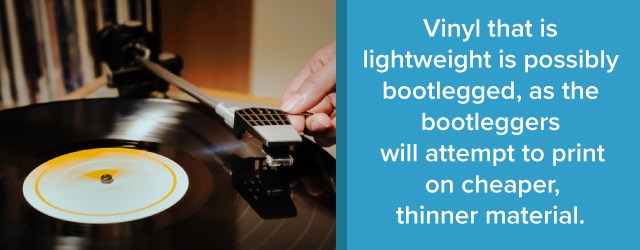
Ready to start your album collection? Go to your local record store or visit vinyl record websites to find quality vinyl.
How to Organize Your Records
There are so many options on how to display and organize your records, but there are a few simple basics.
Vertical Storage
First of all, make sure to always store your records vertically. That’s Vinyl Collecting 101 — do not stack them. Stacking records puts too much weight on them. The force can warp your records, making them difficult to pull out without scratching. Warping affects the way the record spins, too.
Skip the Milk Crates
Also, avoid using milk crates for storage. Although milk crates are quite popular and tantalizingly cheap, they’re flexible. That means once you’ve loaded one up with records, it can bend, putting stress on the records that can lead to warping. They also tend to tear up record sleeves.
Quality Shelving
As for proper record storage methods, IKEA and similar companies make some excellent vinyl storage options. Best of all, many of these are modular, meaning you can continue adding more shelves as your collection grows. A company called Vinyl Me, Please also makes dedicated vinyl shelving that is a bit higher quality. Plenty of wooden crates are out there that may fit your aesthetic preferences as well.
A few other notes on vinyl storage essentials:
- Make sure the records are in a temperature-controlled room.
- Keep records well away from any heat sources such as radiators, baseboard heaters, wood stoves or fireplaces.
- Keep the records in anti-static plastic sleeves to prevent static electricity from causing damage.
Use an Organization System
Now, here are some options for how to organize your records efficiently.
- Artist’s name, alphabetically: Going by the band or artist name is a classic organizational method. It makes things pretty surefire and allows anyone to replace the records in the right spot. Remember to go by the last name.
- Genre: This method is useful for when you know what mood you’re in, but there’s no particular artist coming to mind. Just go to the blues section and let your eyes dance over the albums’ spines, and one will inevitably jump out at you. It’s useful to organize alphabetically within these genres.
- Record label: Are you a true aficionado of record trivia? Organizing by the record label is a classy move, and depending on how you categorize music mentally, may be the secret to making sense of your collection. Merge on this shelf, Kill Rock Stars on that, Capitol on the other — you get the idea.
How to Clean Your Records
Records attract dust and grunge — after all, they are a series of tiny grooves. That means you’ll need to keep your records clean to keep them sounding their best. Don’t worry — cleaning your records is a pretty painless process.
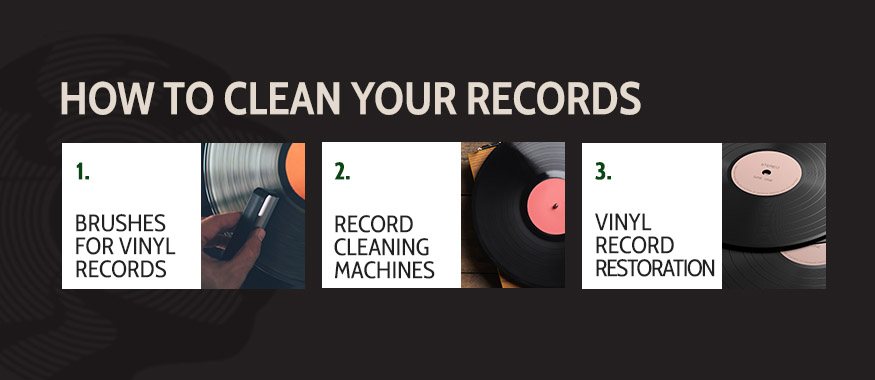
Brushes for Vinyl Records
One of the best tools you can buy is a carbon-fiber brush to get dust out of the records. As you can imagine, it is crucial to use this tool with a delicate touch. Digging into the grooves can scratch the record. To use the soft brush, place the edge on the vinyl and sweep the dust toward yourself. You can then remove any excess with the back of the brush. Repeat this several times until there is no more dust.
The best way to keep your records clean is to do a quick brushing before every listen. This way, you won’t have to dedicate any large chunk of time to clean all your records at once. Note that you should buy an anti-static brush, as static is the enemy of records. However, brushes are not for any sort of deep cleaning. They are purely for removing dust. To perform a deep clean, you’ll need to use a machine.
Record Cleaning Machines
A decent record-cleaning machine will set you back a couple of hundred dollars. However, they will be solely responsible for cleaning your vinyl and keeping them fresh for decades. To use one, clamp the record on and spread cleaning liquid over it with a brush. The record cleaner comes with a vacuum to suck this liquid up, which removes all the grime that has accumulated on it.
If you can’t afford the machine, use the poor man’s method – wood glue and a spreading stick. Pour a large amount of wood glue over the entire surface of the record, making sure you have a good coating on every part. Let it dry for 24 hours and then pull it off — all the grit will come with it.
Vinyl Record Restoration
If cleaning doesn’t work or they have scratches there are ways you can work to restore those records. This process is a bit harsher and requires you to lightly sand your records. We don’t recommend restoring your records this way unless it is a last-case scenario.
Achieving the Best Listening Experience
Could we call it a guide to record collecting without explaining how to get the best sound out of your albums? A great listening experience all starts with the optimal turntable setup. Here are a few things to consider when creating your ideal listening area:
- Placement: Keep the turntable on something flat and sturdy, so the record spins evenly.
- Turntables: Find an old unit built to last or a new one from a reputable brand like Technics or Audio-Technica.
- Receivers or amplifiers: Many modern turntables have in-line phono preamps, but you may need to pick up an amplifier or stereo receiver for a vintage unit. A turntable with a built-in phono preamp boosts the volume before reaching the speaker. Without the phono section, the volume will be too quiet, so you’ll need an amplifier between the turntable and speakers.
- Speakers: Active speakers need electrical power because they have their own amplification. You can skip the amplifier if either your turntable or powered speaker has a phono preamp booster. Passive speakers don’t need a wall outlet, but the sound will need to run through an amplifier before the speaker.
Come to Record Head for the Best Vinyl Record Collection
At Record Head, it is our goal to help you find the gear you need at a price you can afford. We will help vinyl record buyers choose the right speakers, turntables, amplifiers, and vinyl with experience and friendly customer service. We offer both new and used items, and buy and sell wholesale, so you’ll be happy with your bank account and even happier with your gear. Contact Record Head with any questions. You can also shop our records online.
